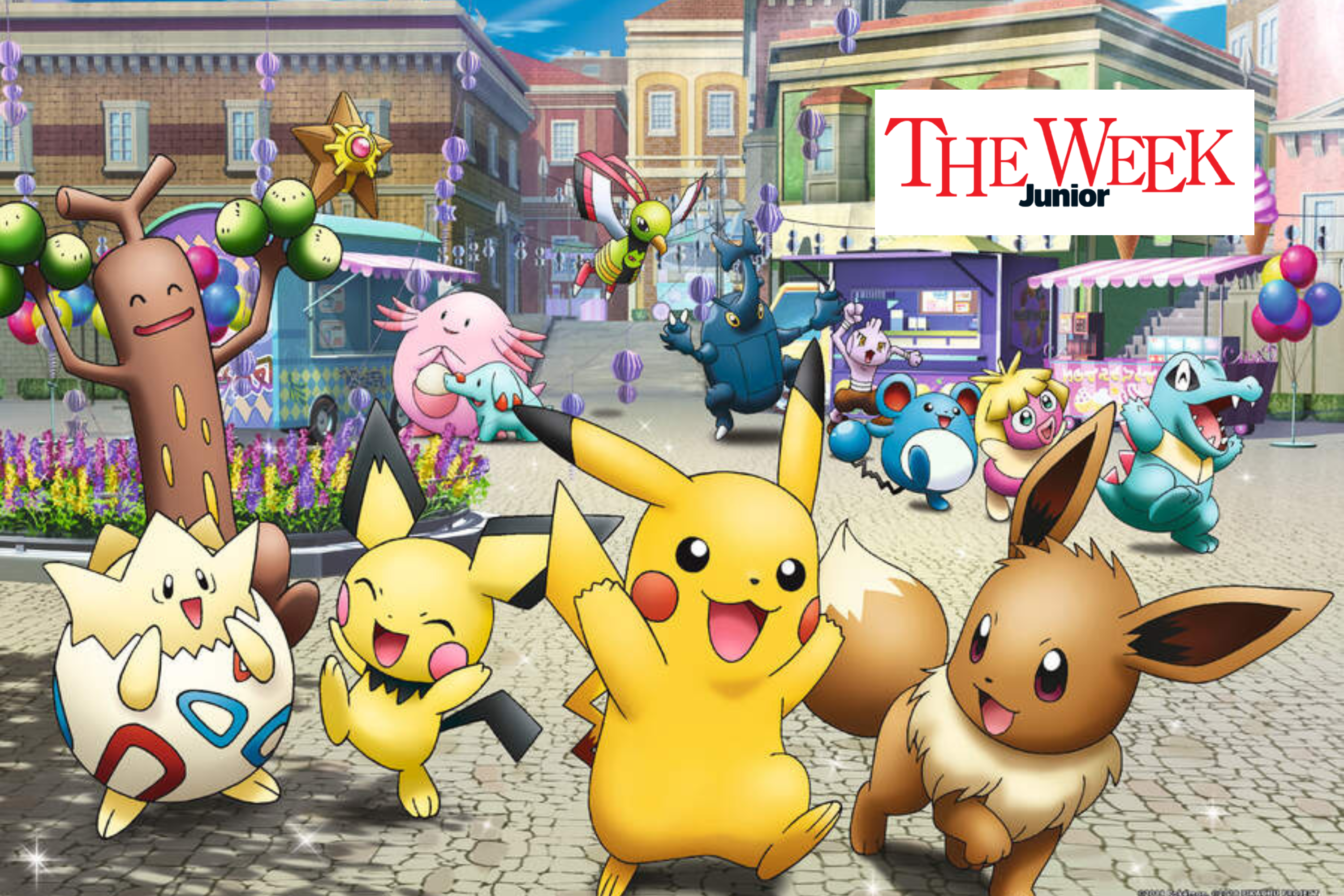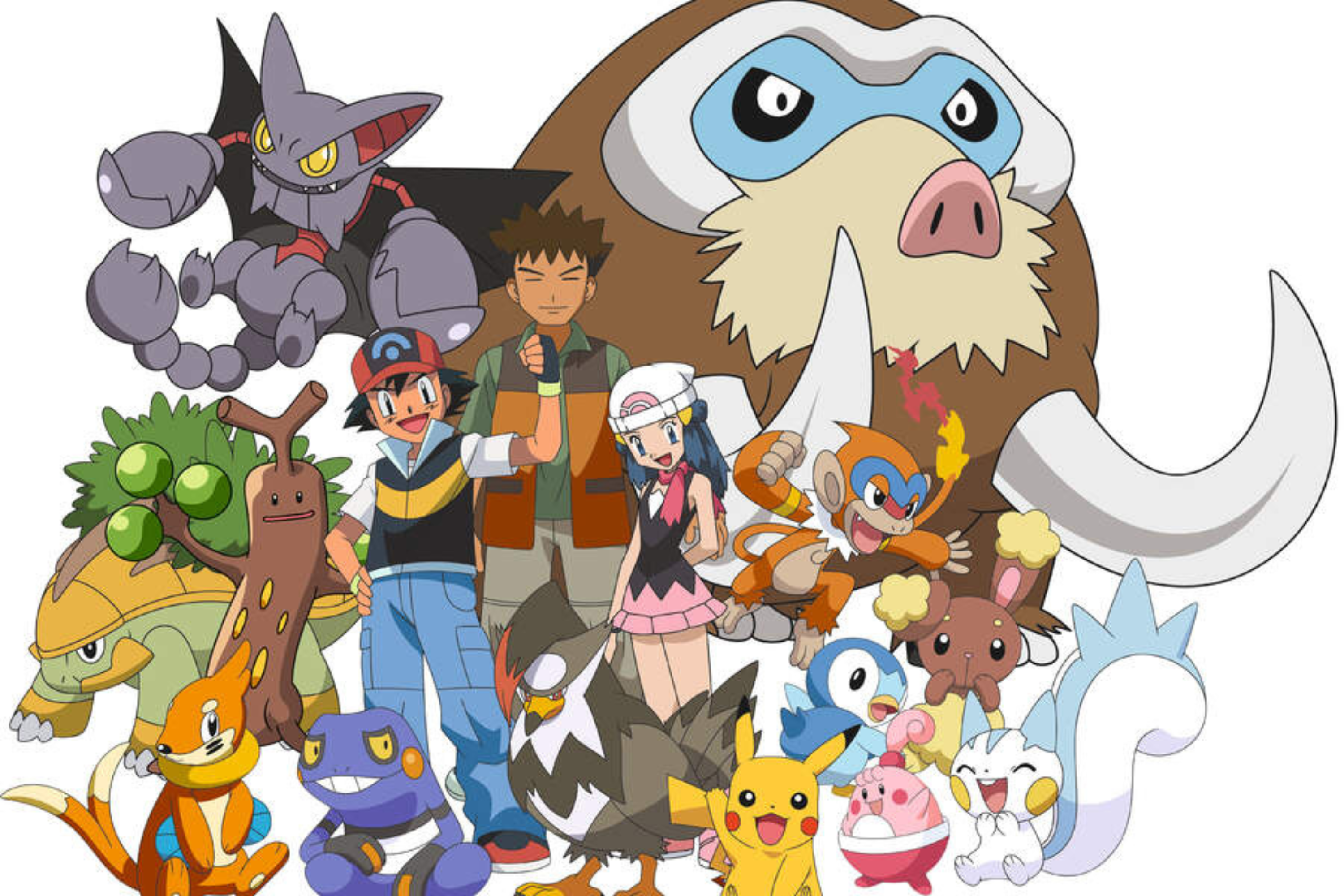Confused by your child's Pokemon obsession? Here's how these cute creatures took over the world...
The Pokémon World Championships took place over three days in August

From 16-18 August the best Pokémon players from around the world came together for the Pokémon World Championships in Honolulu, Hawaii. There they battled it out for prizes and Pokémon World Champion titles. But what are Pokémon and how did it start?
Where did it all begin?
In 1989, two friends Satoshi Tajiri and Ken Sugimori decided to turn their gaming magazine, Game Freak, into a gaming company. After the success of some early games (including Yoshi), Tajiri came up with an idea for a game called Pocket Monsters (which was later shortened to Pokémon). The creatures in the game were inspired by the bugs Tajiri would find exploring local forests as a child. In fact, the Pokémon Poliwag is actually based on a tadpole.
What exactly are Pokémon?
The mysterious creatures all belong to a different type, based on their characteristics. There are 18 different types of Pokémon, and some can even belong to two types. These are: Normal, fire, water, grass, flying, fighting, poison, electric, ground, rock, psychic, ice, bug, ghost, steel, dragon, dark and fairy. During their lives, some Pokémon evolve (grow and change). The most well known Pokémon is Pikachu, an electric-type who looks a bit like a yellow mouse. Pikachu is so popular that the character has its own parade every year in Japan.
The world of Pokémon
Pokémon started with 151 creatures, but now there are 1,025. In the main Pokémon world there are 10 regions: Kanto, Johto, Hoenn, Sinnoh, Unova, Kalos, Alola, Galar, Hisui and Paldea. There, humans can become Pokémon Trainers who go on adventures, train creatures and take part in battles where the Pokémon use their powers against each other. Trainers can capture and store Pokémon in Poké Balls.
Ways to play
In 1996, Nintendo released the first Pokémon games, in Red and Green versions, on a handheld gaming console called a GameBoy, in Japan. The games, which took six years to make the game, went on to sell millions of copies. It was released in the UK in 1999 as Red and Blue. Since then there have been around 16 more games.
Trading cards, TV shows and movies
Following on from the success of the first Pokémon games, the Pokémon Trading Card Game was launched in Japan in October 1996. These collections of cards feature all the different Pokémon which fans can collect and trade. Then in April 1997 the TV series Pokémon debuted on TV Tokyo in Japan. The animated show featured a boy called Ash Ketchum who, along with his Pokémon Pikachu, was on a quest to be a Pokémon master (an expert Pokémon trainer). There’s even been lots of Pokémon movies.
What are the Pokémon World Championships?
The competition sees people from around the world compete in Pokémon Trading Card tournaments and video game contests. You can enter as a junior (age 12 or under), but you need to be invited to take part. Winners get special trophies, prizes and cash. This year look out for 12-year-old Harrison Holden-Smith from Ashford, England, who is competing in the championships. He is ranked 12th in the UK for the Pokémon Trading Card Game. He says he owns about 10,000 Pokémon cards and has been playing for five years.
GoodtoKnow Newsletter
Parenting advice, hot topics, best buys and family finance tips delivered straight to your inbox.

Some of the most well-known Pokémon
- Charizard: This fire and flying type Pokémon is truly fierce. Charizard’s flame can melt through nearly any material in the world and, when it’s really cross, the flame on the tip of his tail turns blue.
- Eevee: Eevee is a small fox-like creature. It has a special genetic structure which means it can potentially evolve into eight different forms. It can often be found in towns and cities.
- Bulbasaur: Bulbasaur is a grass and poison type. It eventually evolves into Venusaur, which has a flower growing out of its back.
- Pikachu: This Pokémon is actually based on a squirrel. While Pikachu looks cute, when it’s angry the creature releases the energy stored in the pouches in its cheeks.
Recent updates
This feature was originally published in August 2024 in The Week Junior, which is also owned by Future Publishing.
Subscribe to The Week Junior
Get your first 6 issues free - saving £21 - when you subscribe to The Week Junior magazine. Continue on subscription and pay just £33.99 every 3 months, saving 25% off the cover price, unless cancelled in the trial period.